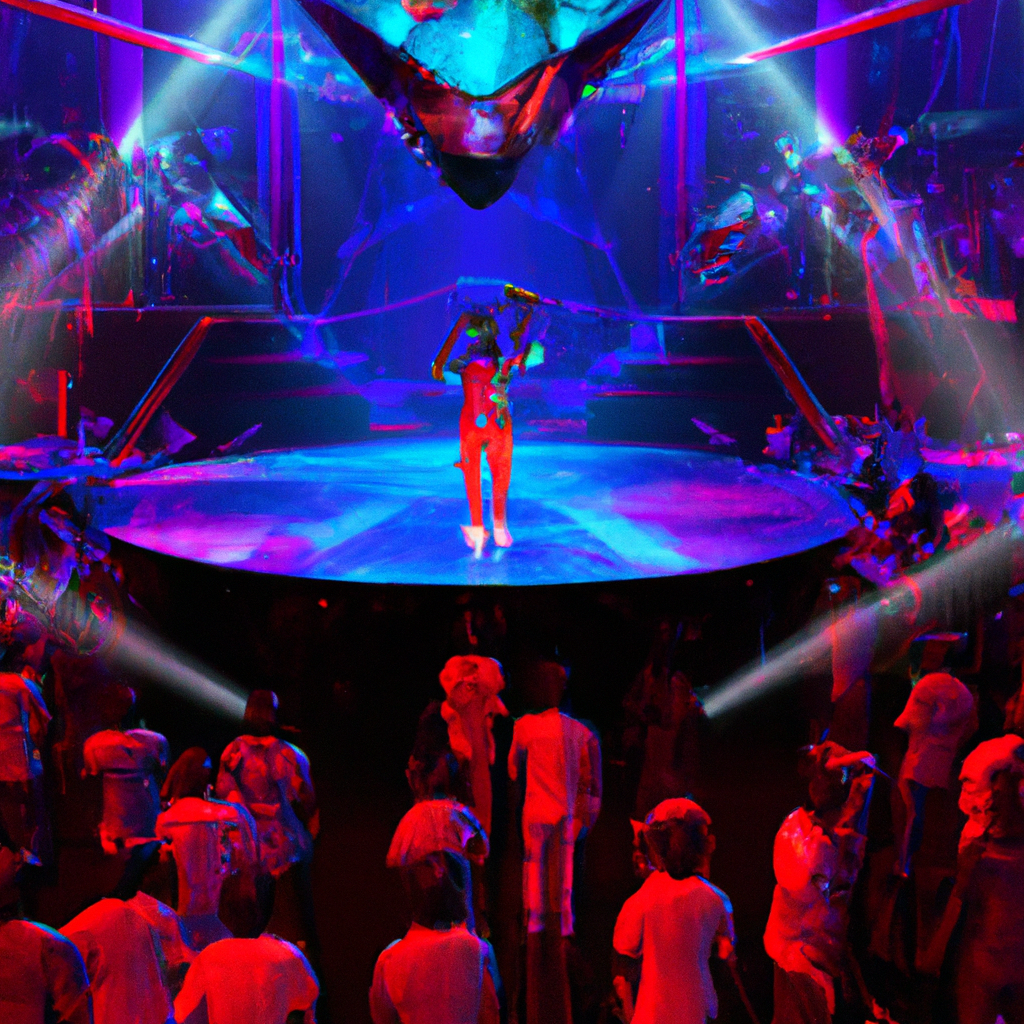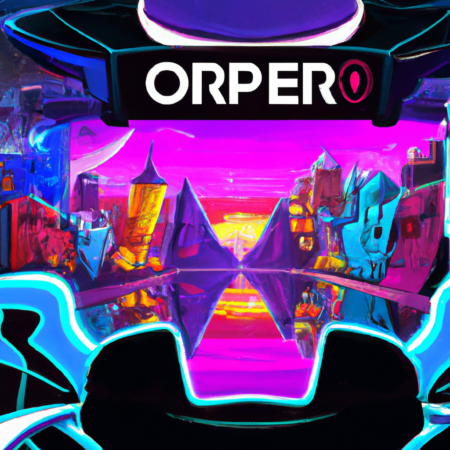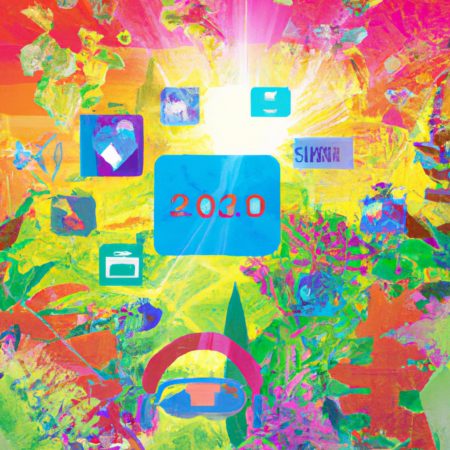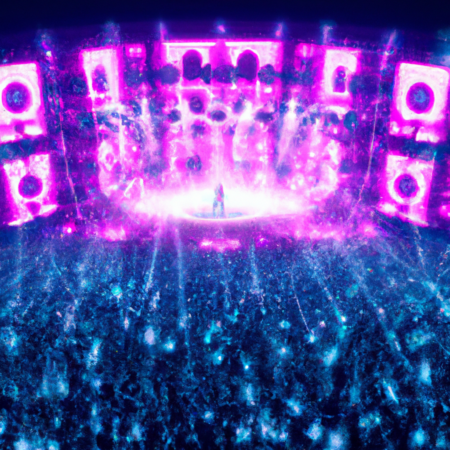The Rise of Virtual Reality Concerts: A New Era in Music Experience
In 2025, the music industry has witnessed a revolutionary change, thanks to the integration of virtual reality (VR) technology. This post explores how VR concerts have transformed the way audiences experience live music, offering a deeper immersion and a more personalized concert experience from the comfort of their homes.
Understanding Virtual Reality Concerts
VR concerts are live or pre-recorded performances that you can attend using VR headsets. These concerts provide a 360-degree view, high-quality sound, and sometimes even interactive elements that allow fans to influence the performance or environment.
The Technology Behind the Scenes
Advanced VR platforms and motion capture technology have made it possible for artists to perform in a digital space that mimics real-world physics. Fans can choose various ‘virtual spots’ from which to view the concert, ranging from front-row experiences to backstage access.
The Benefits of VR Concerts
VR concerts offer several advantages over traditional live events, including no travel costs, no queues, and reduced environmental impact. Furthermore, they allow fans from around the globe to join concerts that would otherwise be geographically inaccessible.
Challenges and Future Prospects
Despite the excitement, VR concerts face challenges such as the need for high-quality VR headsets and ensuring real-time streaming without lags. However, ongoing technological advancements promise to overcome these hurdles, making VR concerts a staple in the music industry.
Conclusion
As we move forward, VR concerts are likely to become more sophisticated, offering even more immersive and interactive experiences. This shift not only changes how fans experience music but also opens up new avenues for artists to express themselves and connect with their audience.






